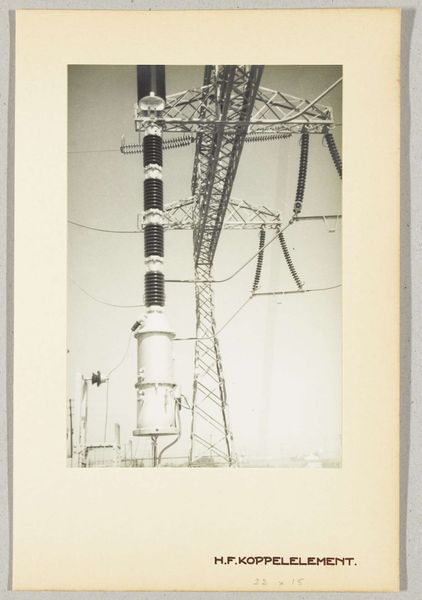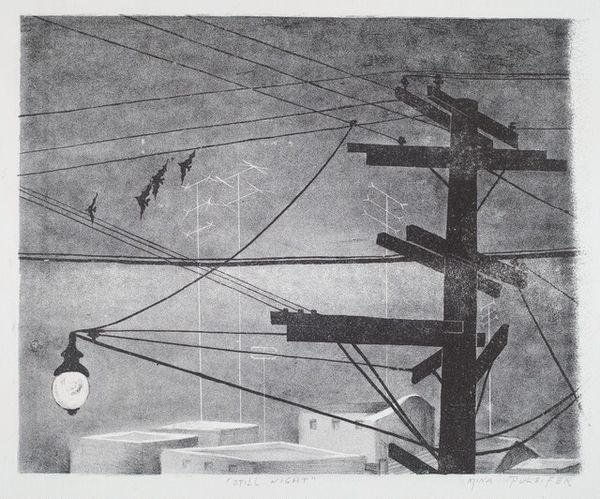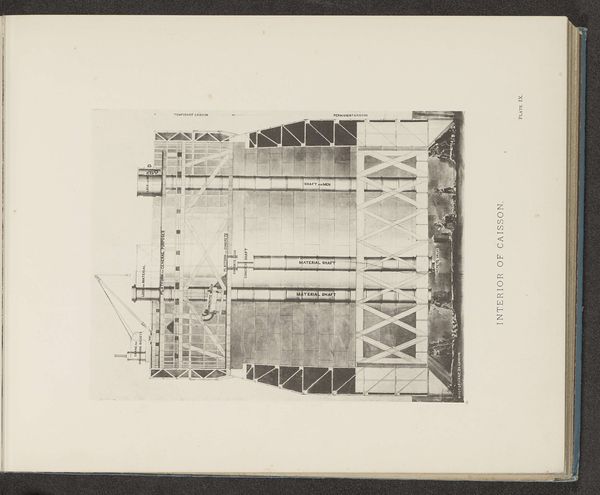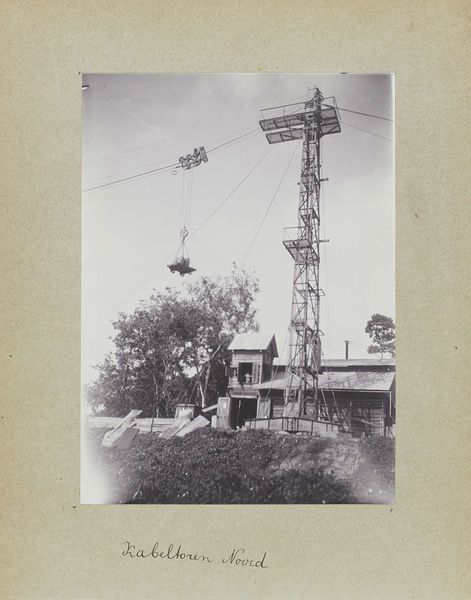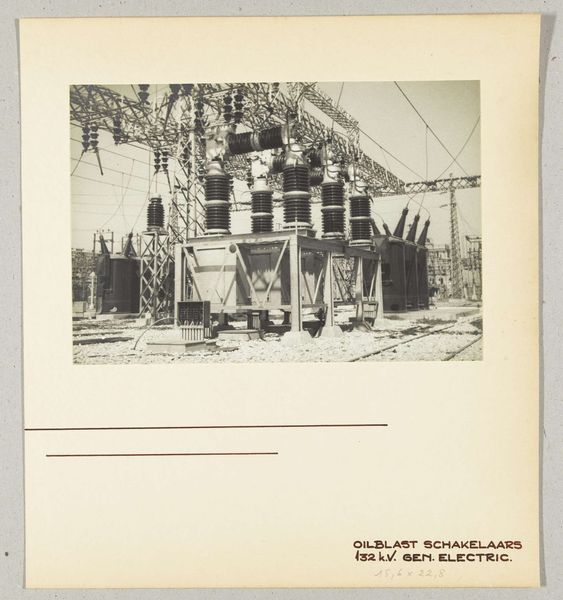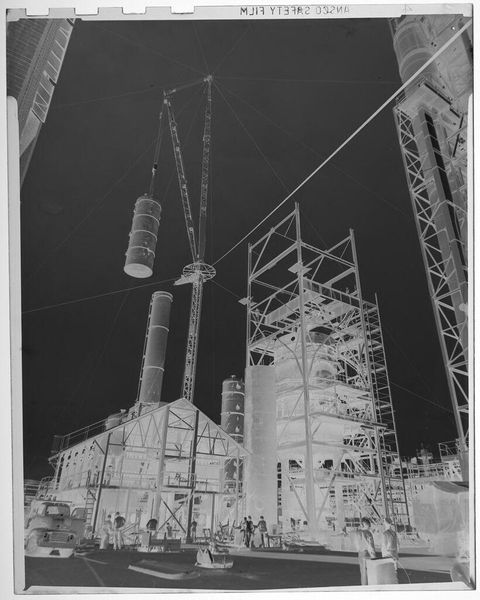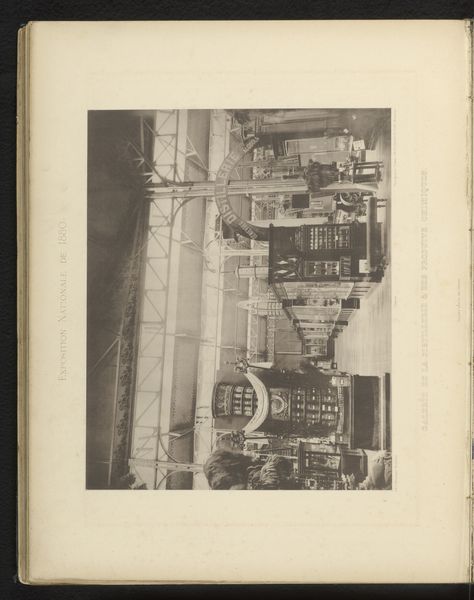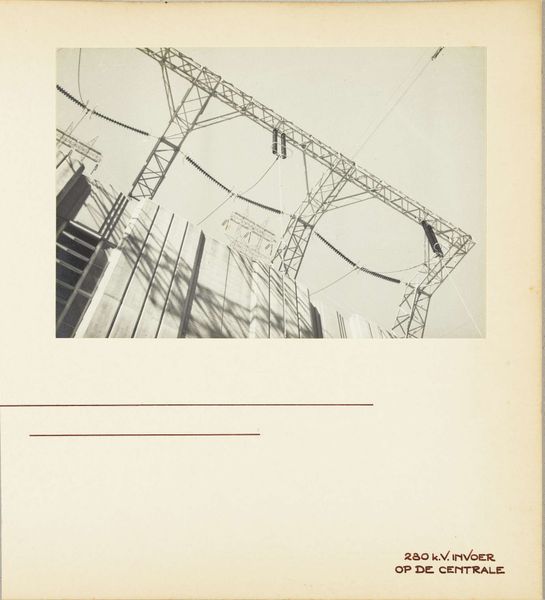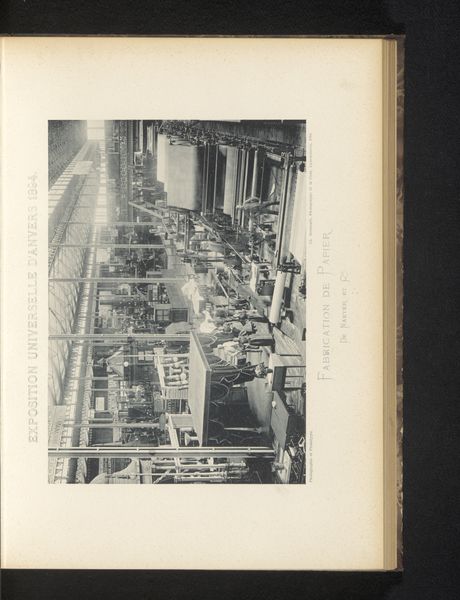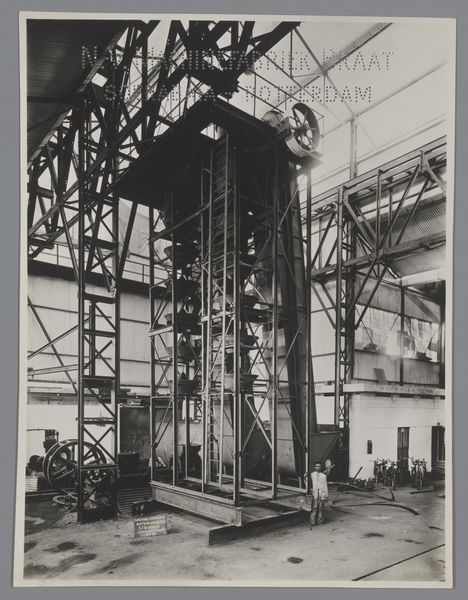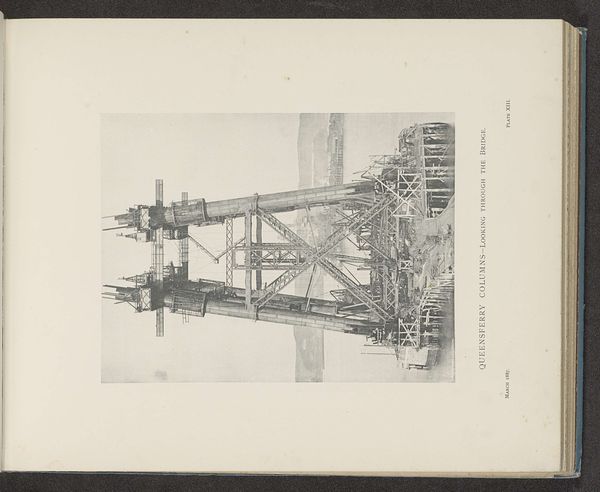
Aardingsschakelaars, koppelelementen en autotrafo's op onbekende locatie in de Verenigde Staten 1936
0:00
0:00
print, photography
#
still-life-photography
# print
#
photography
#
realism
Dimensions: height 228 mm, width 158 mm, height 315 mm, width 215 mm
Copyright: Rijks Museum: Open Domain
Editor: This is "Aardingsschakelaars, koppelelementen en autotrafo's op onbekende locatie in de Verenigde Staten," a 1936 photograph printed by Wouter Cool. It has a very documentary feel, very straightforward. What aspects of this photograph stand out to you? Curator: Well, I see a couple of layers here. On the surface, it's a seemingly objective recording of industrial infrastructure. But thinking historically, especially considering it’s 1936 and this was captured during the depression era, I have to consider, "What role does technology, or depictions of technology, play in society and our imagination?" What are we to think of modernity? Are we supposed to be comforted by a picture of progress? Or does the scale and complexity signal something less celebratory? Editor: That's interesting. It hadn't occurred to me to consider the possible tension between the photographic realism and the social context. Do you see any influence from institutions here, or does it feel free from those constraints? Curator: Good question! Photography had by the mid 1930's found a very successful place in documentary and journalism – the FSA comes to mind. Considering the Dutch title on this American scene, perhaps the intent was more to catalogue technological marvels than explore any complicated societal relationship to machinery and electricity? So in short, I think it sits on that boundary between institutional promotion and critical documentary. Editor: Fascinating, it's more layered than I initially thought. Considering its place within the historical period adds a deeper resonance. Thanks for your insights. Curator: It's been a thought-provoking discussion; reflecting on art through the lens of cultural forces truly shapes our comprehension of its effect.
Comments
No comments
Be the first to comment and join the conversation on the ultimate creative platform.
